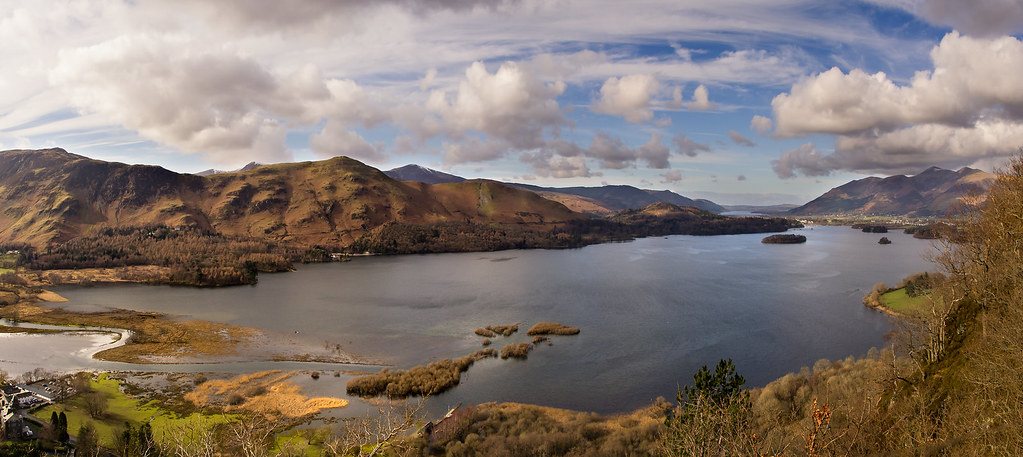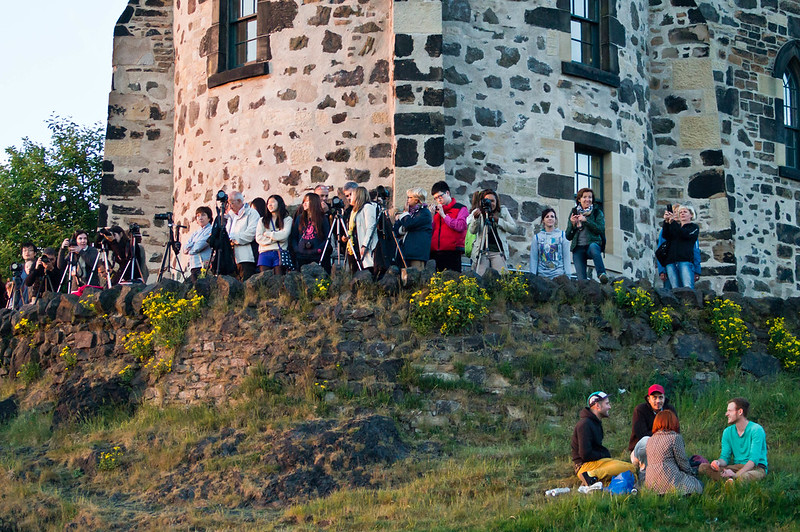- Messages
- 983
- Edit My Images
- No
I posted this shot on here and it seemed to get a good response, despite describing it to someone as some grass with a cloudy blue sky.

It is a little lacking in focus on the left hand side but the fact such a basic scene worksis IMHO partly down to one area that I think it often ignored by beginners, using clouds/skies for composition.
Looking for skies that aid the composition the landscape below them is I'd say an important part of ultrawide shooting especially. In the shot below for example I think the lines of clouds mirroring the curve of the hillside definitely makes for a more interesting composition.

I really don't agree with the idea that many seem to put forward here that ultrawides are best avoided, there not the correct lenses to use for every shot but there are clearly shots that need them to be effective. There is obviously a learning curve involved but surely the best way to start on that curve is to start using them?
Last edited:



 Bigger is better
Bigger is better
